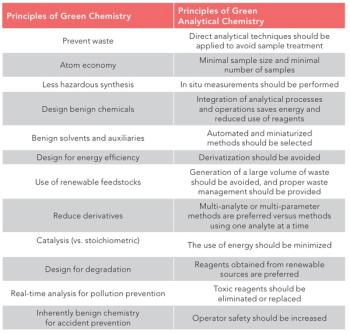
Absolute Molecular Weight Detector
Absolute Molecular Weight Detector
The miniDAWN® TREOS™ is a multi-angle (three-angle) light scattering detector that can be coupled to any liquid chromatograph (HPLC/GPC/SEC/FPLC) or used off-line in a “micro-batch” mode for determining the absolute molecular weights and sizes of polymers or biopolymers directly, without resorting to column calibration or reference standards.
In biotechnology applications, the miniDAWN reveals aggregation phenomenon that are usually not detected by UV, RI, or NMR instruments. And, unlike mass spectrometry, the miniDAWN tells how molecules are behaving in solution. In addition, the miniDAWN enables the user to study aggregation, kinetics and reaction rates as they occur.
The TREOS has four auxiliary inputs for RI, UV, or other instruments. It also has a 60mW GAaS laser with spatial filtering for the highest possible signal-to-noise. The instrument has been ergonomically designed for “plug-and-play” functionality. It has on-board analog-to-digital conversion, and outputs its serial stream of data to any PC.
In addition, the TREOS has a bright, 64,000 color LCD display that shows current system states, chromatographic conditions, and more.
The TREOS instruments join Wyatt Technology’s unique light scattering systems which include the DAWN HELEOS, as well as the Optilab rEX—the only refractive index detector available that can be built to operate at any wavelength selected by the customer.
Newsletter
Join the global community of analytical scientists who trust LCGC for insights on the latest techniques, trends, and expert solutions in chromatography.




